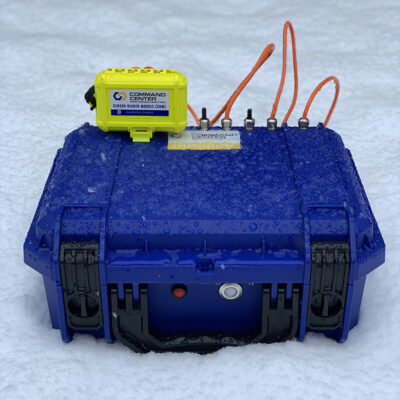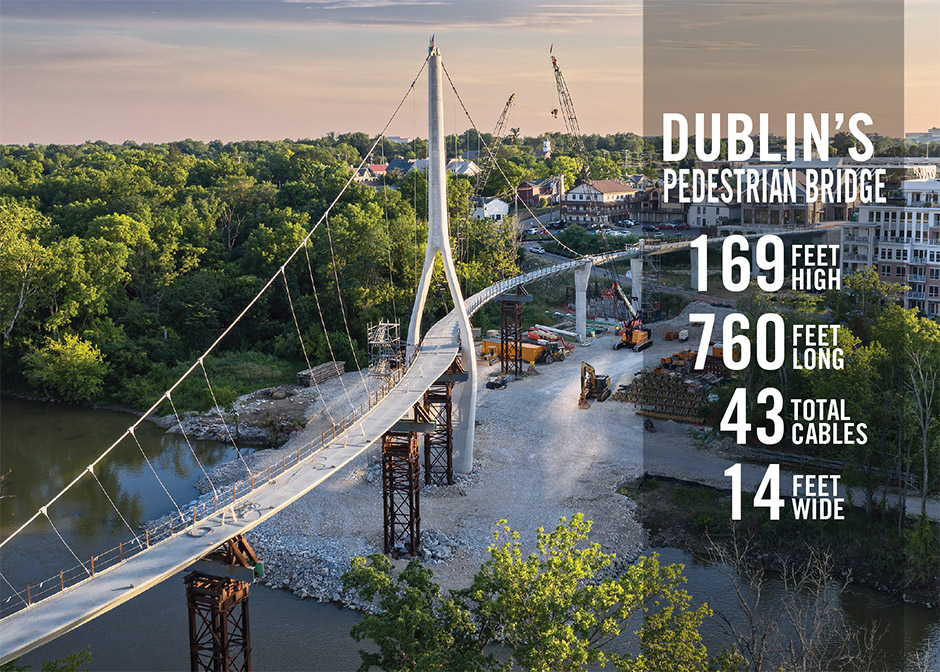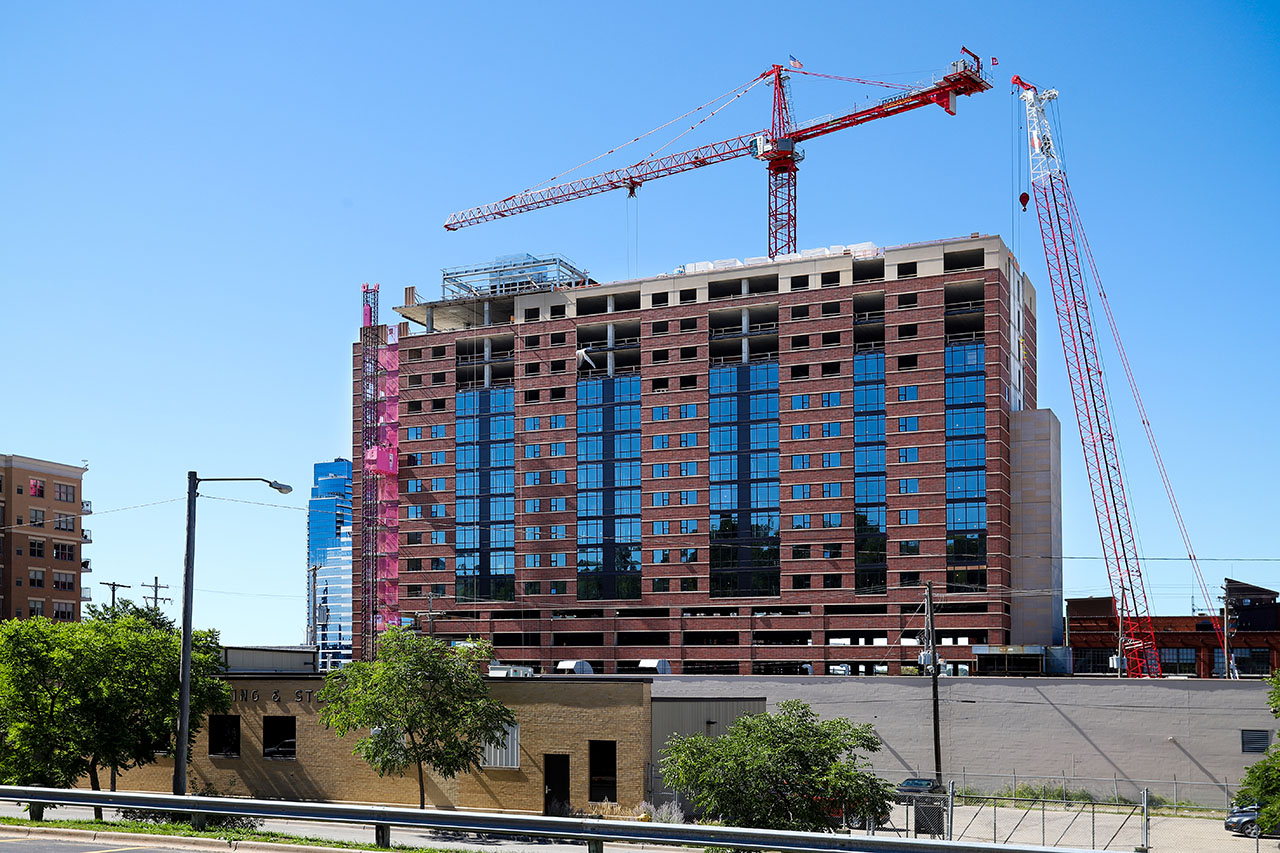General contractors are often required by the specifications to submit a plan for cold-weather concreting procedures that outlines how they will mitigate cold weather and meet the specified requirements. A contractor’s plan often includes:
- Monitoring temperature in the concrete at or just below the surface to ensure curing temperatures is maintained
- Monitoring ambient and concrete temperatures while removing cure to prevent thermal shock
- Monitoring strength gain in the concrete
Contractors will look to national, state, and local guidelines for recommendations when developing their plan. Many state agencies require that temperature sensors measure and record temperatures continuously. ACI 306R-16 Guide to Cold Weather Concreting cites the use of the maturity method for estimating early-age strength gain to be able to determine when curing can be discontinued. Maturity system sensors, like those used in the COMMAND Center™ concrete temperature and maturity system, meet this requirement. So, it is not unusual that maturity systems are outlined for use in cold weather concreting plans. In fact, when the use of maturity systems are implemented into cold-weather concreting procedures, there is a potential to save labor and material costs.
Temperature monitoring systems that offer continuous, automatic, and autonomous data collection options can be used to collect and transmit data to off-site locations instead of relying on an on-site employee. In addition, many of these kinds of systems can be set up to send alerts that will forewarn contractors of temperatures approaching specified limits. The cost of some of these systems may offset some of the initial savings; however, there is a potential for significant long-term savings resulting from reduced labor and a more proactive alerting system.
These same systems can be used to implement the maturity method for estimating in-place concrete strength. Contractors need to know when it is safe to remove expensive heating and other protective curing measures before exposing new concrete to freeze-thaw cycles and the next phase of construction. Typically, cylinders or beams are cast on site, cured, and then transported to a lab where they are broken. The strength of the in-place concrete is assumed to be similar, or greater than that of the broken specimens. By implementing maturity, the contractor simply looks at temperature history data from which in-place concrete strength can be calculated. In some cases, the total number of specimens cast and transported to a lab for testing can be reduced, resulting in a decrease in labor and material costs.
The COMMAND Center™ Advantage
The COMMAND Center™ concrete temperature and maturity system can monitor concrete temperature and has both in-person and remote options for transferring data, including proactive alerts. It can be useful both for monitoring conditions so that protections can be applied as needed, and for proof that temperature was maintained according to specifications until a minimum strength was achieved.
The COMMAND Center™ system includes sensors, a download option and software. Sensors are self-powered and continuously collect and store data for two years. The price of sensors varies based on the length of cable required for the application. Data is secure on the sensor and accessed only when a download option is connected. Options include: manual Bluetooth that is affordable, but requires on-site data collection, AutoCollect that uses cellular connectivity and can be accessed remotely, and a wired option for projects that do not allow on-site Bluetooth or cellular activity. The Bluetooth option requires only one transmitter for most applications, the AutoCollect includes the cost of cellular transmission as a one-time fee, and all software is free. Software includes an iOS app with free access to the COMMAND Center™ Cloud for data sync among all app users, and Windows software for maturity curve development and report generation.








